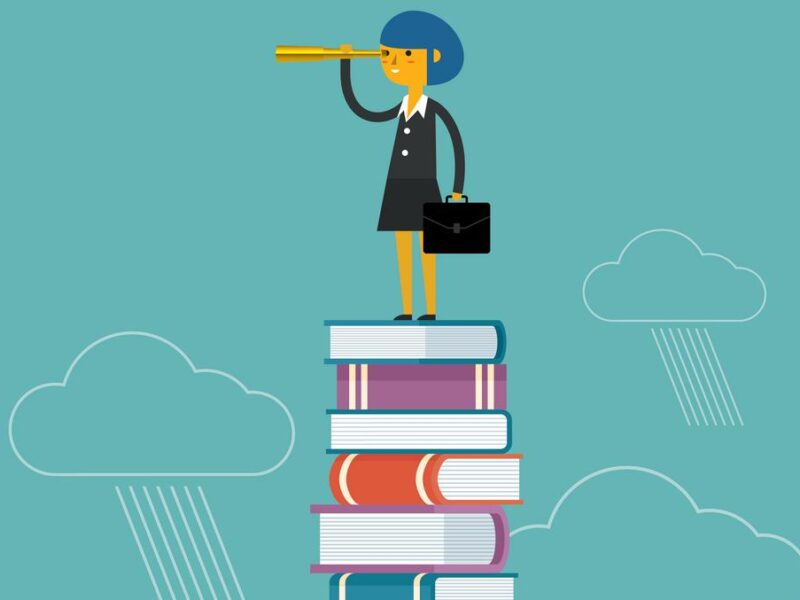An outline is a mental design that fills in as a structure for one’s information on individuals, spots, items, and occasions. Constructions assist individuals with arranging their insight about the world and figuring out new data. While these psychological easy routes are valuable in assisting us with figuring out the huge measures of data we experience consistently, they can likewise restrict our reasoning and result in generalizations.
Read more here
Outline: Definition and Origin
The term pattern was first presented in 1923 by formative clinician Jean Piaget. Piaget proposed a phase hypothesis of mental improvement involving a blueprint as one of its key parts. Piaget characterized construction as the essential units of information that connect with all parts of the world. He recommended that different diagrams be applied intellectually in proper circumstances to help individuals comprehend and decipher data. For Piaget, mental advancement relies upon a singular getting more compositions and expanding the subtlety and intricacy of existing patterns.
The idea of the pattern was subsequently portrayed by analyst Frederick Bartlett in 1932. Bartlett directed tests that tried how compositions factor into individuals’ memory of occasions. He said that individuals put together ideas into mental developments which he called diagrams. He proposed that outlines assist with the peopling process and recall data. So when an individual is confronted with data that accommodates their current composition, they will decipher it in light of that mental structure. Nonetheless, data that doesn’t squeeze into the current pattern will be neglected.
Read more here about the Types of cheese list
Illustration of outline
For instance, when a kid is youthful, they might foster an outline for a canine. They realize that the canine strolls on four legs is shaggy and has a tail. At the point when a youngster goes to the zoo interestingly and sees a tiger, they may at first think that a tiger is likewise a canine. According to the kid’s perspective, the tiger squeezes into his arrangement for the canine.
The kid’s folks can make sense of that it is a tiger, a wild creature. It’s anything but a canine since it doesn’t bark, it doesn’t reside in individuals’ homes, and it chases after its food. Knowing the distinction between tiger and canine, the kid will change his current canine pattern and make another tiger construction.
As a kid grows up and dives deeper into creatures, they will foster more creature outlines. Likewise, their current blueprints for creatures, for example, canines, birds, and felines will be adjusted to oblige any new data they find out about the creatures. A cycle goes on into adulthood for all types of information.
Outline type
There are many kinds of outlines that assist us with understanding our general surroundings, the individuals we associate with, and even ourselves. Pattern types include:
Object patterns, help us comprehend and decipher lifeless things, including what the various articles are and the way that they work. For instance, we have a construction of what an entryway is and how to utilize it. Our entryway plans can likewise incorporate subcategories like sliding entryways, screen entryways, and spinning entryways.
Individual compositions are made to assist us with figuring out unambiguous individuals. For instance, one’s outline for their better half would incorporate the manner in which the individual looks, the manner in which they act, what they like and could do without, and their character attribute.
Social plans, assist us with understanding how to act in various social circumstances. For instance, on the off chance that an individual is intending to watch a film, their film outline provides them with a general comprehension of the sort of economic wellbeing expected when they head out to the cinema.
The occasion diagram, likewise called script, embodies the grouping of activities and ways of behaving expected during a given occasion. For instance, when an individual heads out to see a film, they expect to go to the theater, purchase their ticket, pick a seat, turn on their cell phone, watch the film, and afterward leave the theater.
Self-patterns, assist us with grasping ourselves. They center around what we know to be who we are present, who we were previously, and who we might be from here on out.
Job composition covers our assumptions about how an individual will act in a particular social job. For instance, we anticipate that a server should be warm and inviting. While not all servers will act along these lines, our blueprint sets out our assumptions for every server we cooperate with.
Blueprint change
As our illustration of a youngster canine’s blueprint changing in the wake of experiencing a tiger shows, the pattern can be adjusted. Piaget proposed that when new data comes from our general surroundings, we change our patterns.



